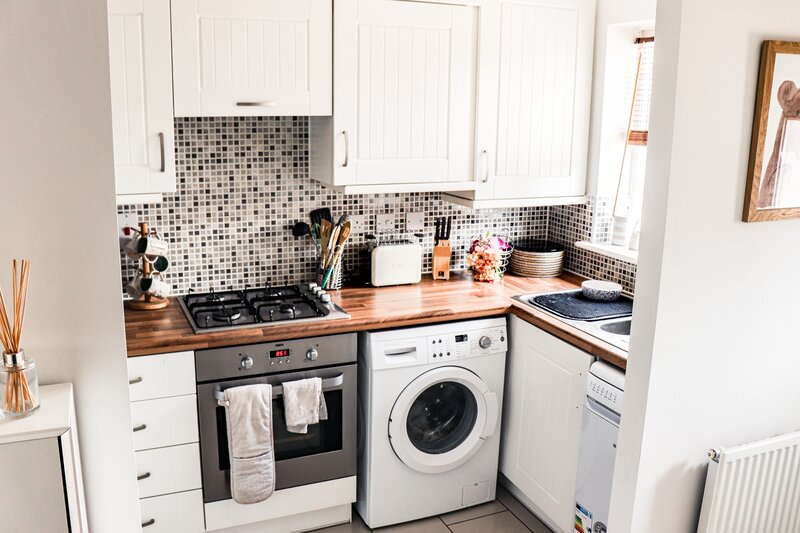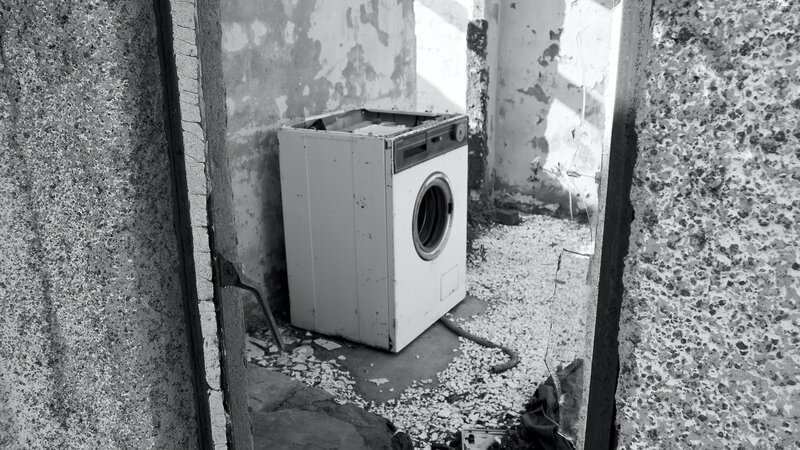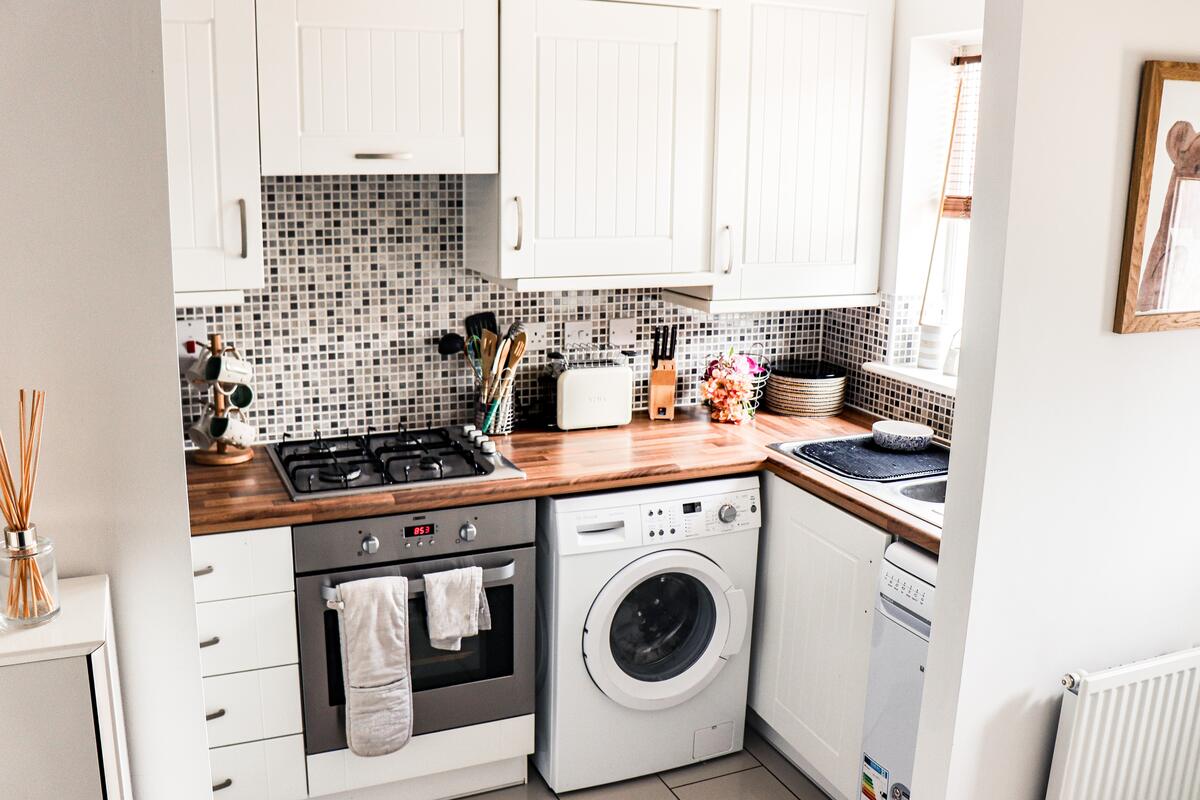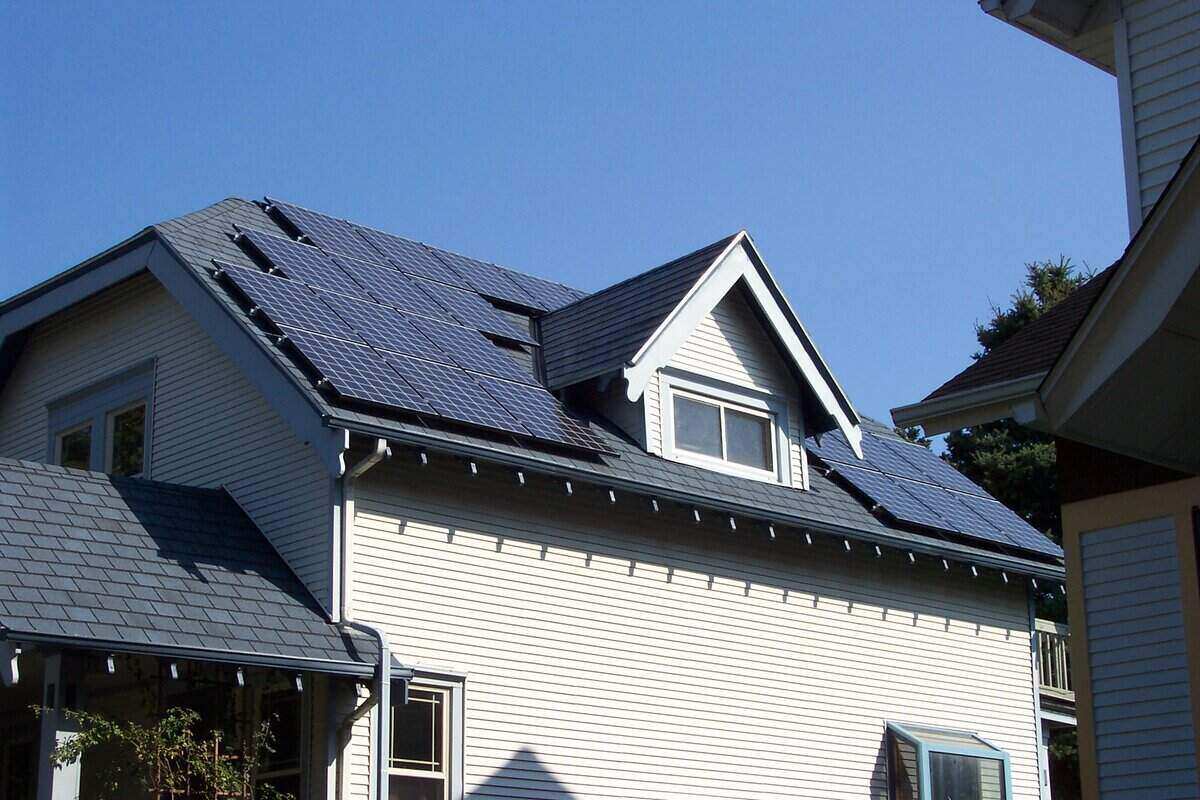
When you purchase a home, chances are that you’ll get a home warranty offered or recommended to you. And truth be told, most of us don’t know exactly what it entails, at least not enough to make an informed buying decision. This is why every homeowner should know what a home warranty is and how it works. Let’s find out!
In this article:
- What is a Home Warranty?
- How It Works
- What It Covers
- What It Doesn’t Cover
- What’s the Cost?
- Is It Tax Deductible?
- Frequently Asked Questions
What Exactly is a Home Warranty?
A home warranty is a service contract that covers repairs and replacements for major appliances and home systems. This contract binds two parties – the homeowner and a home warranty company.
When you’re buying a new home, your real estate agent will likely present you with a list of the best home warranty companies offering multiple kinds of coverage options. Home buyers should remember that these warranties are essentially meant to give financial protection to homeowners and shouldn’t be a burden. That’s why it’s also called a home protection plan.
Home warranty companies provide repair and replacement services on appliances such as refrigerators, dryers, washers, or swimming pools. The major home components it covers include plumbing systems, furnaces, heating systems, ductwork, and electrical systems. It provides a financial buffer as it may extend the manufacturer’s warranties after expiration and covers big-ticket item malfunctions.
The service plan is usually a year-long, renewable contract. With some service providers, you may adjust the home warranty according to your budget and needs.
Note that a home warranty is not the same as homeowner’s insurance, which basically covers anything that could affect the homeowner’s possessions or the house’s entire structure. Usually, homeowners insurance will cover structural damage from hail, water damage, property crimes, fire, etc., but won’t cover repairs and replacement of things like appliances.
How Do Home Warranties Work?

Imagine you open your refrigerator on a fine morning only to discover that it’s dead, right when the manufacturer’s warranty expired. Or it may simply be an expected breakdown due to normal wear and tear. Such repair or replacement costs can go up to thousands of bucks if you don’t have a home warranty.
In the case of a broken refrigerator or any other malfunctioning appliance or home system, you contact the home warranty provider and file a claim.
Here’s how the process generally works:
- If your broken item falls under the covered repairs of your home warranty contract, you file a claim or service request with the company online or by phone.
- A home warranty company works with an affiliated contractor, such as an electrical or plumbing service provider, so you don’t have to go through the hassle of finding a contractor when you need one. After being notified of your claim, the home warranty company dispatches a repair service to assess the damage and report to them. This typically happens within 48 hours.
- After the initial assessment of the item, the technician recommends a repair or replacement. If it’s a minor home repair and the technician has the necessary equipment or tools to fix it, they’ll generally repair it right away. But if a replacement or major repair is needed, they will schedule a follow-up appointment.
- And just like that, you’re good to enjoy your fully functioning system or appliance once the repair or replacement is done.
You can also roll your home warranty into your mortgage payments, that is if you’re in the process of purchasing the home. Check with the home warranty company and your mortgage lender if it’s possible.
What Does a Home Warranty Cover?

Home warranty plans cover all your major home systems and appliances. You can claim anything named in the contract. This is why it’s imperative to carefully read through it so you’re not unpleasantly surprised later.
There are three basic types of home warranty coverage:
- Home system plan: This plan covers your whole-home systems, such as:
- HVAC
- Air conditioning
- Ductwork
- Plumbing
- Electrical
- Water heater
- Smoke detectors
- Doorbells
- Garbage disposal
- Home appliances plan: An appliance plan covers mainly kitchen appliances and usually includes your:
- Stove
- Oven, range, or cooktop
- Dishwasher
- Dispenser
- Clothes washer and dryer
- Refrigerator
- Built-in microwave
- Freestanding ice makers
- Garage door openers
- Combination plan: As the name suggests, this plan covers both your systems and appliances. Some home warranty companies allow customizable plans where you can pick and choose the items you want the warranty to cover.
Some companies also offer optional coverage for miscellaneous items like the hot tub, swimming pool, well pump, or home spa. You may add extra items to your plan for an additional monthly cost.
What Doesn’t a Home Warranty Cover?

The list of things home warranties don’t cover might seem even longer than the list of what it covers. Here’s a list of things you shouldn’t expect any home warranty company to cover:
- Improperly installed home appliances
- Misused appliances
- Pre-existing conditions
- Secondary damages, for example, a broken dishwasher flooding your kitchen is a secondary damage
- Pest damage
- Changes in new equipment
- Items still covered under the manufacturer’s warranty
What Does a Home Warranty Cost?
Home warranty plans differ in costs based on the items they cover. The fine print shall include all the details regarding service visit fees, exclusions, and charge limits that you must carefully go through.
On average, the one-year home warranty plan cost ranges somewhere between $300-$600. The basic plans that only cover appliances and systems for your home would fall in the lower end of this spectrum, while plans on the higher end are more comprehensive. They include systems, appliances, and certain other add-ons too and the cost may go as high as $840.
You will most likely be paying a monthly premium and an additional service call fee every time a technician comes to assess damages in your home. These service fees usually cost around $70-$130, but some companies may also do it for as low as $60.
Some home warranty companies tend to charge more for service fees than they do for the annual warranty plan. If you’re hunting for discounts, you can check out companies that charge less for upfront payments for the entire year instead of monthly installments.
Are Home Warranties Tax Deductible?
If you’re getting a home warranty for your primary residence, it won’t be tax deductible on your federal tax return, just like home insurance.
But if you’re buying a home warranty plan for a residence where part of it is used for a home office or business setup, then you may deduct a portion of the home warranty.
If your home is a rental property, the IRS allows you a deduction for the home warranty.
Frequently Asked Questions
Are Home Warranties Worth the Money?
Yes, if you have home appliances and systems prone to issues or simply want the peace of mind that all your major items are covered. But if you’ve got new appliances, a home warranty might not be useful because many of those items will be covered under the manufacturer’s warranty.
Do I Need Multiple Homeowners Warranties?
No, you can simply opt for premium or optional coverage if you need a higher level of protection.
Final Word
It’s always good to be prepared for the worst, and home warranties help you do just that. Not to mention the peace of mind you have when you know you’re financially backed.
And if you’re still on the edge about home warranties, you can always reach out to our professionals for a detailed consultation.

